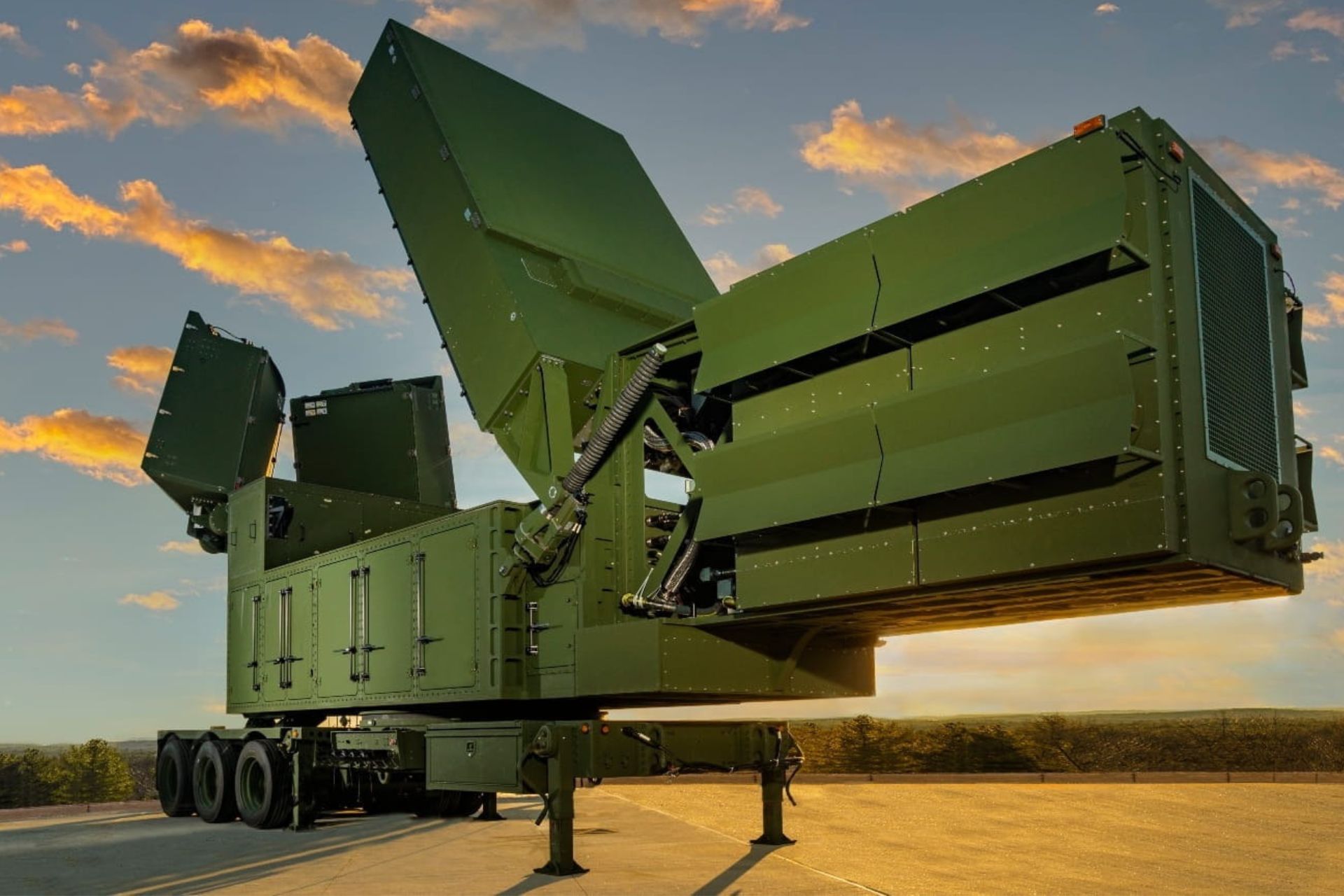Breaking News
Poland to Receive US LTAMDS Radars for Air and Missile Defense.
Poland is set to significantly enhance its air and missile defense capabilities with the acquisition of next-generation LTAMDS radars. The Pentagon has ordered these 360-degree radars, designed for the Patriot air and missile defense systems (LTAMDS). These radars will be deployed simultaneously in the US and Polish armies.
Follow Army Recognition on Google News at this link

The new LTAMDS radar has superior capabilities for detecting and simultaneously tracking multiple targets, whether aerodynamic targets such as aircraft, helicopters, cruise missiles, and drones, or ballistic targets (Picture source: Rhaytheon)
The total value of the contract signed with Raytheon Missiles and Defense amounts to $2.089 billion. At the time of signing, the contract was awarded for nearly $816 million. This contract for the low-rate initial production of the Lower Tier Air and Missile Defense Sensor (LTAMDS) radar is scheduled to be completed by November 2028.
Funding comes from two sources: the Polish Federal Migration Service and the US Army budget. This confirms that the next-generation radar developed for the Patriot system has also been ordered for Poland and will be delivered as part of low-rate production.
The LTAMDS radar is an entirely new system featuring three Gallium Nitride-based AESA antenna arrays: one large main antenna and two side antennas. This configuration provides 360-degree azimuth coverage, thus eliminating the main drawback of the current Patriot radar, which can only monitor the airspace in a single sector.
The new LTAMDS radar has superior capabilities for detecting and simultaneously tracking multiple targets, whether aerodynamic targets such as aircraft, helicopters, cruise missiles, and drones, or ballistic targets. The ability to launch Standard SM-6 missiles via the LTAMDS radar has also been recently tested. Additionally, it is designed to operate within the Integrated Battle Command System (IBCS), with Poland being the first export user.
Poland signed an FMS contract for the purchase of LTAMDS radars in September 2023. This contract is part of the second phase of the Wisła air defense program and includes deliveries from late 2026 through 2029.
The US Army currently has several LTAMDS radars built during the research and development phase, with four planned for operational use. Thus, Poland will introduce series-produced radars almost in parallel with the US Army.
The $2.1 billion contract signed by the US Army with RTX for the low-rate initial production of its LTAMDS radars is part of foreign military sales to Poland. According to the Pentagon announcement, work for this agreement will be performed in Massachusetts and is expected to be completed by 2028.
It is still unclear how many LTAMDS systems will be delivered to Warsaw. In September 2023, Poland also purchased 12 LTAMDS radars to complement its Patriot surface-to-air missile launchers.
LTAMDS is a next-generation radar providing 360-degree coverage of the threat environment. Powered by Raytheon’s Gallium Nitride technology, it can detect a wide range of threats, from manned and unmanned aircraft to cruise, ballistic, and hypersonic missiles. The system also features three antenna arrays, ensuring that no threat goes unseen in any direction for military operators.
Earlier this year, the LTAMDS successfully detected and engaged a complex target—a cruise missile surrogate flying at high altitude and speed—during a live-fire test. It also assisted an SM-6 missile in intercepting a target with high precision during another trial.


























